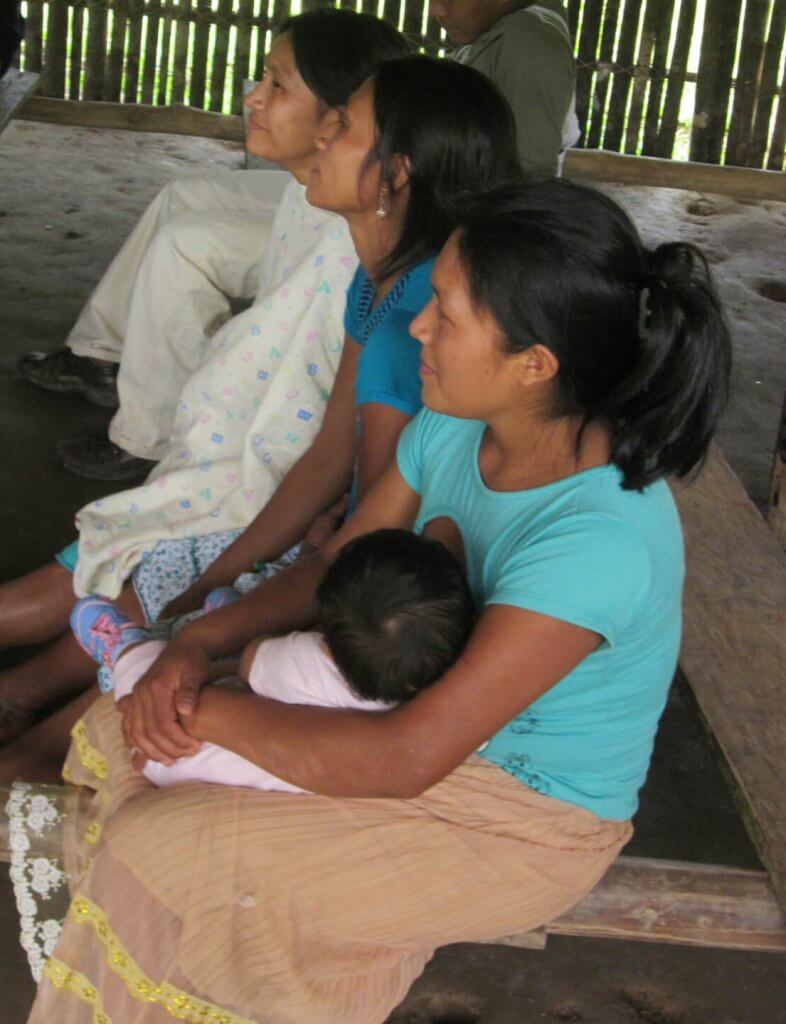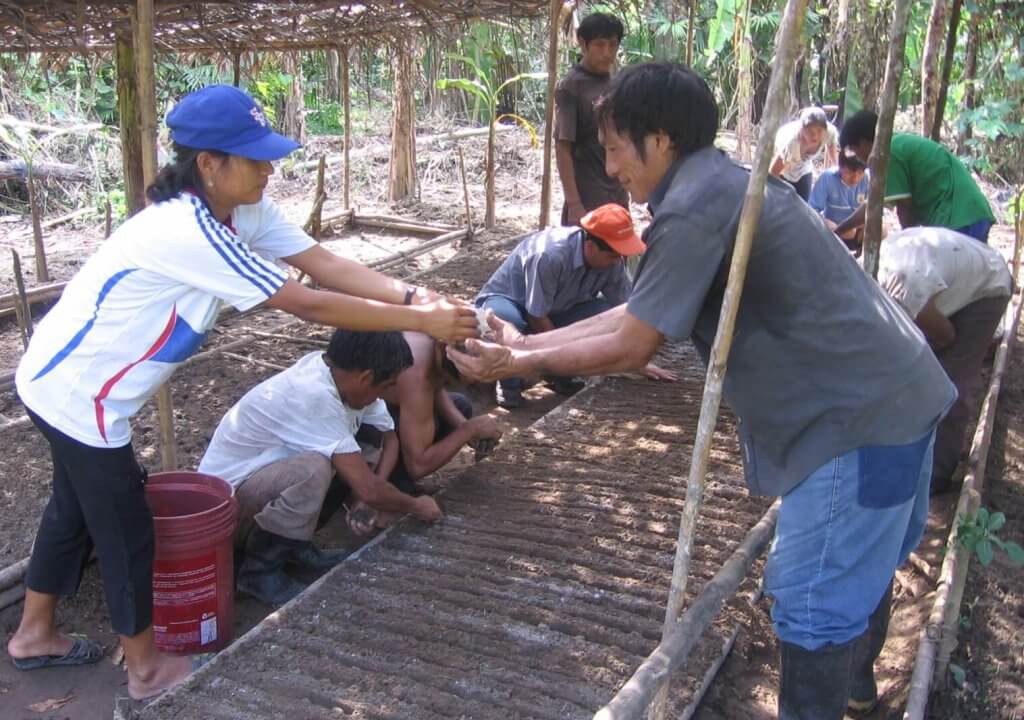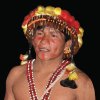Understanding Cultural Change Among Indigenous Peoples
Indigenous peoples like the Awajún are experiencing significant cultural change, which should be taken into account to understand their society

The Awajún of the Peruvian rainforest have gone through profound social transformations, particularly since the government-sponsored a colonization process in the 1950s brought large numbers of people from other parts of the country into their territory.
This situation intensified their interactions and communication with outsiders, characterized by a growing influence of mass media channels, greater mobility of people to and from urban centers, and a greater exchange of products.
Selling agricultural and forest products to acquire manufactured goods, such as radios and cell phones, is now a common happenstance.
The gradual increase in the intercultural relations between the Awajún and outsiders also created a discontinuity in the transmission of the ancestral knowledge from the elders to the young, favored a change in the social role of Awajún women, and allowed the gradual abandonment of certain social practices, such as the selection of spouses and the patterns of residence for new couples.
Together, these changes affected the cultural perceptions that guided their social interactions and the relationship between the people and their environment.
The new social setting in which the Awajún are immersed, where the younger generation has been gaining greater prominence, is also characterized by factors such as a shortage of agricultural lands near their villages, a rising rate of population growth, a scarcity of animals to hunt near their settlements, a low level of knowledge about the properties of medicinal plants, an increased perception of forest resources as commodities, a growing dependence on manufactured goods, a new set of consumer habits, and an asymmetric access to the economic opportunities created by the market economy, among other factors.

This context is further complicated by the presence of external agents of cultural change, such as religious missions, public and private schools, and neighboring settlers, which have been promoting the abandonment of some of the ancestral views and cultural practices of the Awajún, as well as providing alternative sources of knowledge and spaces for the transmission of knowledge.
Nowadays, the perception of homogeneous indigenous villages maintaining their traditional ways in many cases may no longer be valid. Communities, such as the ones of the Awajún, are now composed of heterogeneous groups that are internally differentiated by age, gender, religion, level of education, perceptions of the environment, and expectations for the future, among other factors.
Each of these groups has their own needs, goals, knowledge, and potential of contribution as agents of socioeconomic and cultural change, both inside and outside their communities. Cultural discontinuity, multiculturalism, gender, and internal heterogeneity are key features of the new social face of the Awajún, which should be taken into account to understand their current culture and society.
These issues are explained in greater detail in the book “Cultural Discontinuity: The New Social Face of the Awajun,” written by by Glend Seitz.


